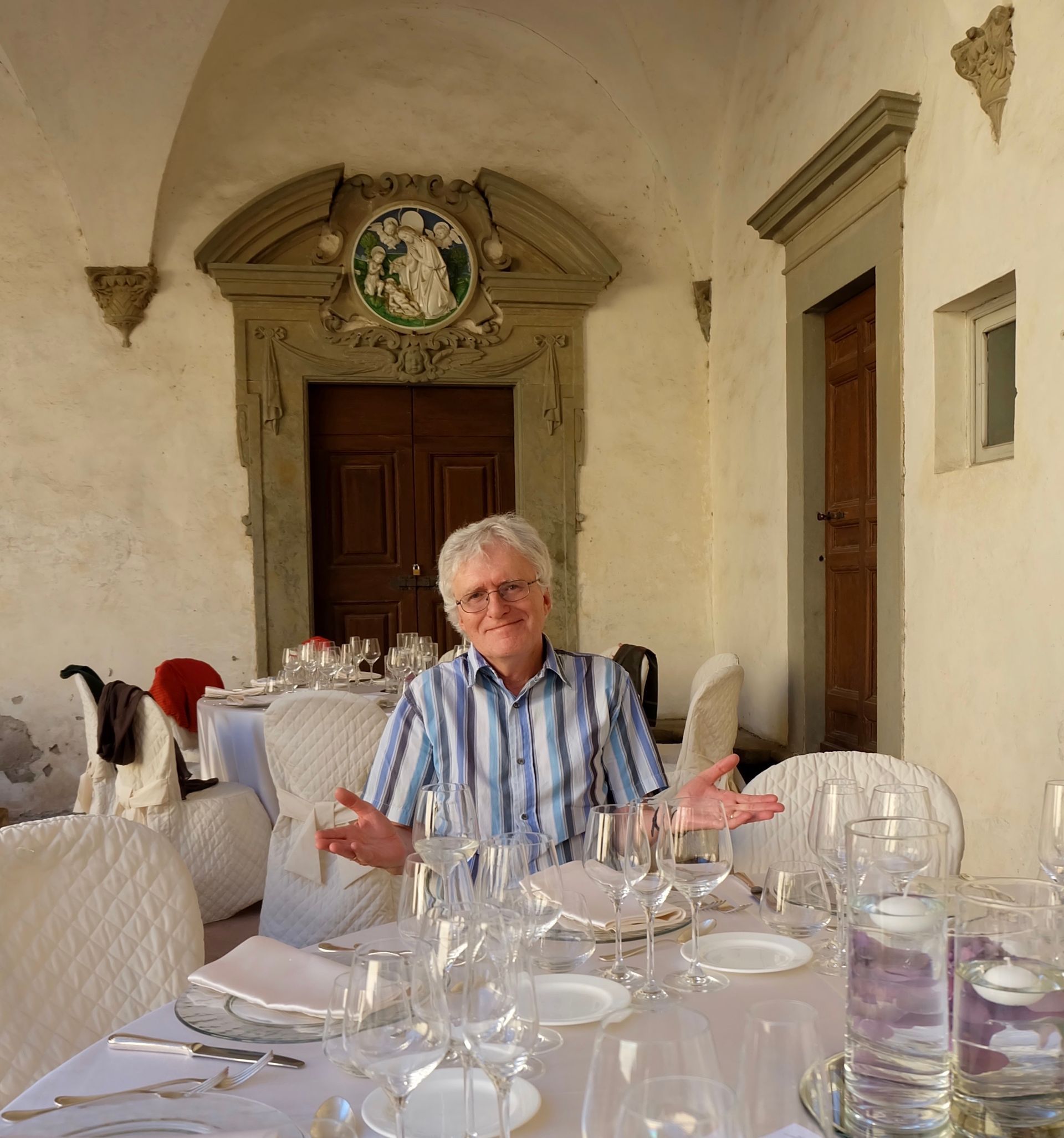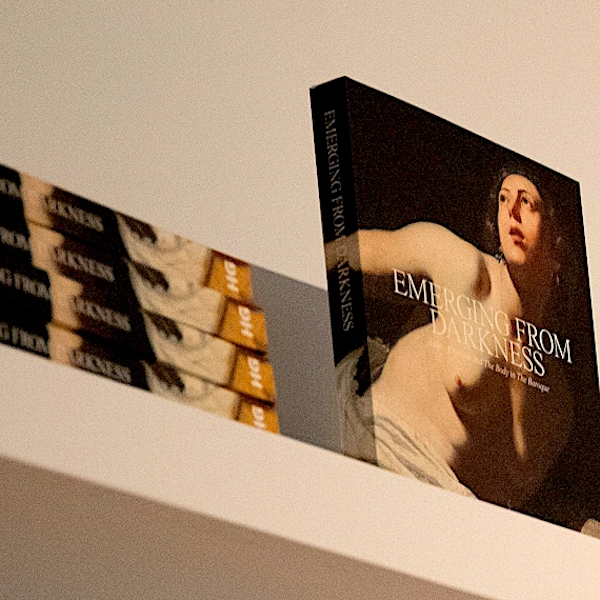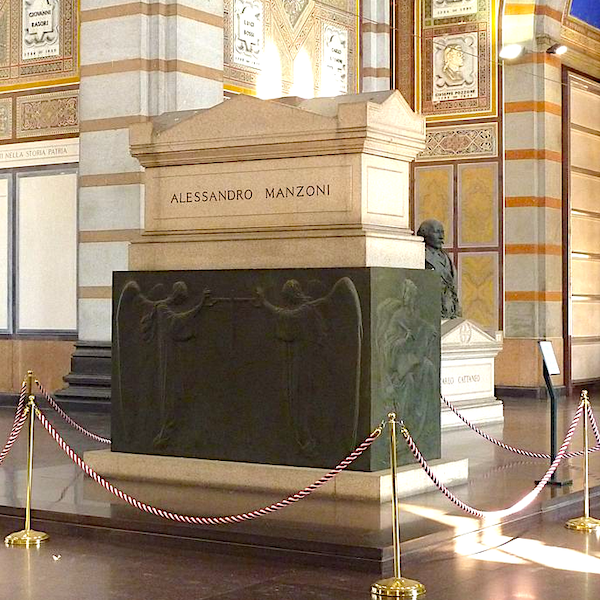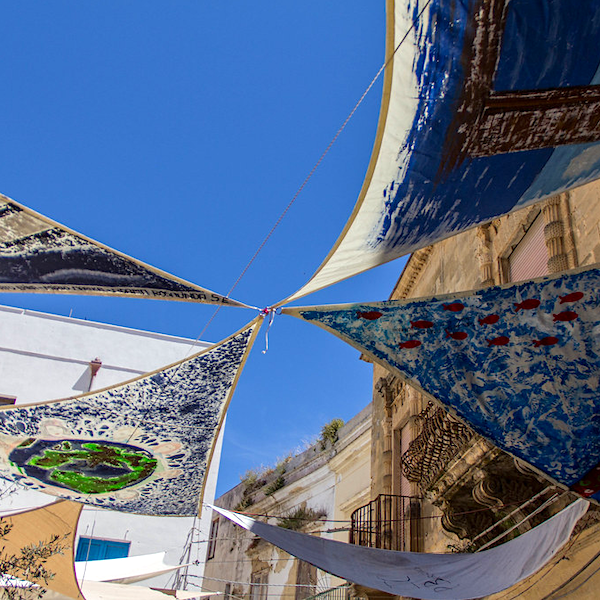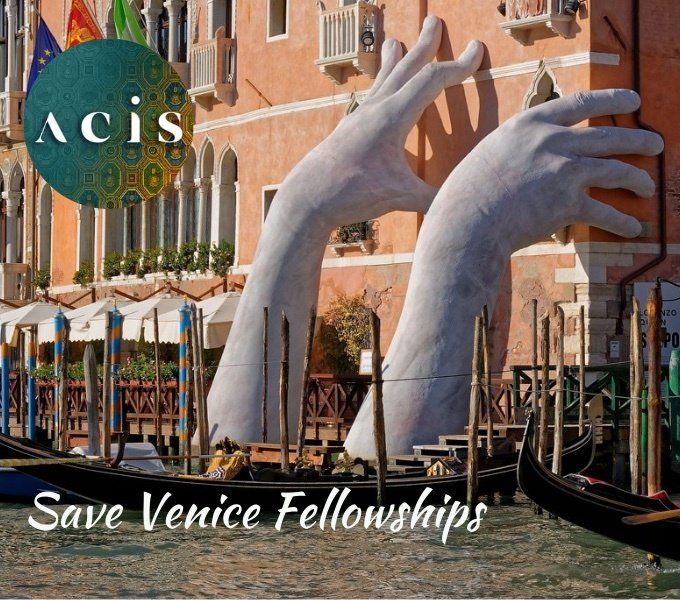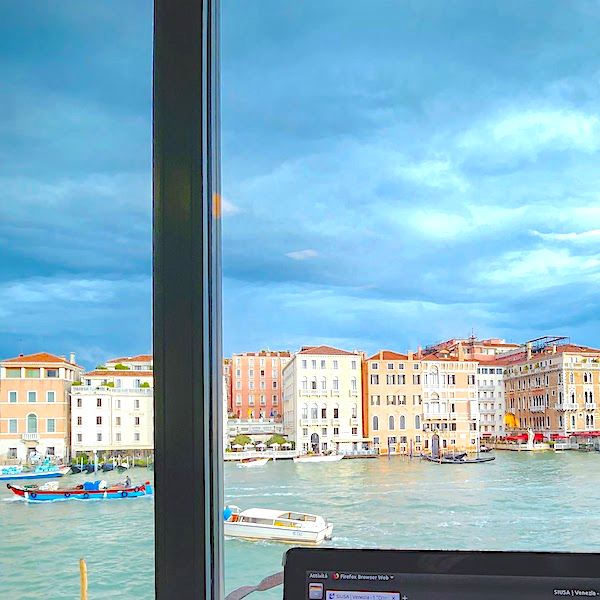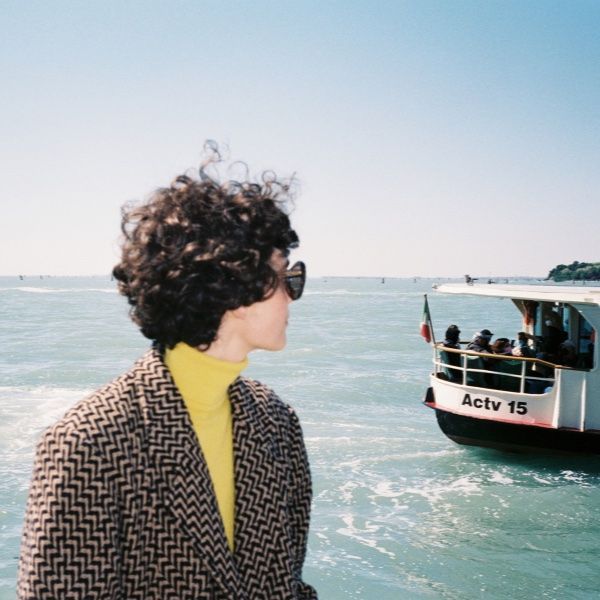Eighteenth-Century Venetian Drawings in New York
Sally Grant New York
 The recent post on Angelo Cattaneo’s upcoming paper
got me thinking about Venice. Having recently completed my PhD at the University of Sydney on eighteenth-century Venetian gardens and villa culture, the city and its territory are never far from my thoughts. Recently, however, I was lucky enough to see a wonderful exhibition, ‘ Tiepolo, Guardi, and Their World: Eighteenth-Century Venetian Drawings
’, at the Pierpont Morgan Library in NYC, where I now live.
The recent post on Angelo Cattaneo’s upcoming paper
got me thinking about Venice. Having recently completed my PhD at the University of Sydney on eighteenth-century Venetian gardens and villa culture, the city and its territory are never far from my thoughts. Recently, however, I was lucky enough to see a wonderful exhibition, ‘ Tiepolo, Guardi, and Their World: Eighteenth-Century Venetian Drawings
’, at the Pierpont Morgan Library in NYC, where I now live.
Although the exhibition is now closed, I thought that ACIS readers might welcome news of its content, for the art works are all part of the Morgan’s permanent collection. Thus, while their temporary display together was a more easily accessible way to view the drawings, they are among the many available to study online or, for those planning to visit the city and working on relevant research, in person at the museum. Italian drawings, particularly from the sixteenth and eighteenth centuries, form the core of the collection, which was established by the wealthy financier Pierpont Morgan in the late nineteenth and early twentieth centuries. Medieval and Renaissance manuscripts are also strongly represented.
For Italianists visiting New York it is always worth checking what special exhibitions are being held at the Morgan, though the library alone warrants a visit. Mirroring the collections it houses, which combine ancient and modern works, it is made up of a series of buildings from different periods; the history of the museum can be found on the Morgan Library’s website. It includes Morgan’s original private library built between 1902 and 1906 by McKim, Mead & White – a gracious and intimate space that draws on the principles of sixteenth-century Italy to create a structure in the style termed ‘American Renaissance’. A hundred years later the Genoese architect Renzo Piano was commissioned to expand the space of the institute, which he has done brilliantly by integrating the remaining historic buildings with modern light-filled pavilions. As Nicolai Ouroussoff observed of Piano’s design in the New York Times when the Morgan reopened in 2006, ‘The result is a space with the weight of history and the lightness of clouds’. Centred on an interior piazza, the spirit of Renaissance Italy is still honoured in this most modern of adaptations.
As to the exhibition, it was a delight to be able to view the works of some of the most important artists of eighteenth-century Venice, indeed of eighteenth-century Europe. As the title suggests, Giambattista Tiepolo, as well as his son Giandomenico, and Francesco Guardi featured prominently in the selection of drawings, but present too were a number of other artists whose works capture something of the spirit of the times of the Settecento city. This included the enigmatic, sensual figures of Giovanni Battista Piazzetta, such as the immensely beautiful Young Woman with Tambourine . Also on view were the evocative landscape capricci of Canaletto and Marco Ricci and a Design for a Gondola by Giovanni Battista Piranesi that, with its rococo arabesques and sense of continual movement, is similarly capriccioso .
G.B.Tiepolo (1696-1770) Self-portrait
Being able to view the Tiepolo drawings at first hand was always going to be a treat, and it led to surprises. I hadn’t paid attention previously to the initial, seemingly random, scribbles that Giambattista often made on the paper when composing a drawing. And from these emerged such exquisite depictions of humanity! And of gods too, as in his sketch of Apollo . The extreme foreshortening is explained by its being a study for a ceiling fresco in the Palazzo Clerici in Milan which Tiepolo completed in 1740. Appropriately for the work’s function, there is a sense that the figure is soaring , but the drawing, with its delicate line and transparent washes of shade, also gives an immediacy that is inevitably harder to maintain in the vastness of a ceiling fresco.
Especially welcome was the way that the Morgan did not merely portray Giambattista as the painter of the old regime and Giandomenico as the depicter of a new, more modern world. Thus studies by the elder Tiepolo that were intended for grand ceiling paintings in noble palaces, like the Apollo , were displayed alongside his more intimate sketches that capture with wry humour the vanities and foibles of humankind, such as his Drunken Punchinello . Likewise, accompanying Domenico’s observational studies that gently mock society and its rituals, as in The Presentation of the Fiancé , were six sheets of the more than three hundred scenes that the artist sketched of the New Testament. Here the painter’s keen eye for the everyday is employed to capture a true sense of the human in a story of monumental significance.
Francesco Guardi by Roberto Longhi (1764)
Francesco Guardi was also a skilful captor of the everyday world of eighteenth-century Venice, albeit often depicted in such a way as to emphasise a poetic and magical side to life. A real, though less commonplace, event was the subject of one of the exhibition’s most intriguing images. In 1783 Count Giovanni Zambeccari launched a hot-air balloon from the Bacino di San Marco. Guardi’s Ascent of a Balloon in Venice records this happening, inviting the viewer to join the gaze of the crowd and to peer through the grand architectural framework to the image of the small balloon rising in the distance. The tremulous quality of the artist’s line creates a sense of movement in the throngs of people and conveys the thrill that the event must have generated.
A similar sense of motion is found in the equally captivating View of Levico in the Valsugana , where the landscape appears to be animated by an internal force. The area represented is on the way to Guardi’s birthplace in the Val di Sole in Trentino and, while the work may have been intended for a patron, the artist’s presence in the landscape seems keenly felt. All of the elements of the picturesque are present to draw the viewer into the scene – the curving path, old archway, and the appealing buildings of the town, alongside the framing devices of the foreground trees and distant mountains. But it is the artist’s wavering, ever-moving line and masterly use of shadow that enlivens the view and serves to recall a particular passage in time when a considerable breeze blew through the valley. It is responses to the landscape such as this that fascinate me and drive my research. Guardi’s View of Levico has the power to transport us from our everyday lives to an everyday scene in the eighteenth-century Veneto countryside, yet it is one as if suffused with magic.
